There is nothing in the world equal to the beginner's joyHere's a fun article I discovered in the Oregon Journal from 1922. The author explains "the beginner at golf is the only one who can enjoy the game," because otherwise we follow the "fatal path" of the novice golfer "who loses all hope" spending hours endeavouring "how to drive" and "how to putt." It is a good antidote to players who are flummoxed one Sunday morning declaring "I lost my swing!" As Vinny DiGiano says "Do not pin your happiness to the state of your golf game, you will only bemiserable." No worse advice has ever been offered. Be hopeful and optimistic at every moment of the round. It will not only help you, but it will greatly annoy your opponents if their luck is poor.Did you enjoy the article?
My favorite line: "He [the novice] spends hours learning to drive, then he is put to the next weapon of offence [irons, chipping putting], only to find when he has grasped the intricacies he has forgotten how to drive! Who doesn't know that feeling? Stripe the ball down the middle one round, missing greens right and left. This leads to hours of short iron approach shots, dialing in the wedges to exact yardages. Then just when the golfer is ready to finally conquer the course like never before, she pull hooks the first drive deep out of bounds. The alternate, as advocated in this old editorial is to show up without a care in the world. It reminds me of our Club Champion Todd Downes, who spent most of the 2017 holed up in his apartment doing god knows what? He played less than 5 total rounds since February (other than the Eastmoreland/Olympic Club grudge match at Bandon and the May SunRiver Shootout). So I called him up suggesting he come play a practice round. The club championship was just a few weeks away in August and we want the 2015 champion to be there! He already skipped the City Championship in July for the first time in 5 years. Some of us were beginning to wonder if he might have truly given up the game forever. Thankfully, he shows up for the Sunday game, but, as it turns out shoots an 80 which is a pretty rare blow up for Todd. However, there was a ray of hope after the damage of 7 over on the front 9, he shot even par on the back going 1 under on the final 5 holes. Still I had to wonder as we shook hands on 18 if he would scratch out his name for club championship the following weekend. He did show up... really show up. He said he "figured something out last week" as he apt to say before shooting lights out, then turns in a scorecard for 74, one shot off the lead. He goes on to back it up and shoot 73 the next day against Byron and Jack winning the Club Championship by a stroke. "I was just having fun" he remarked with very little emotion and only a hint of smile. BTW: Are you perhaps so golf addicted that you furrow your brow that the last bit of wisdom is cut short for the article above? Would the author dare to hold back the secret wisdom hidden way back in time from 1922? Of course not - as the subheader gem explains: "patience necessary" December 6, 1931 Sunday Oregonian Events of the week in sports by Cartoonist LeeVinny Digiano, an Eastmoreland 100 founder, like myself, often find ourselves fairy addicted to the news from 100 year old papers. We are last of Generation X, the cusp of the millenials, so we remember a time when people read the morning papers. There's something nostalgic reading the century old news, and surprisingly informative on the daily life of people from a long, long time ago 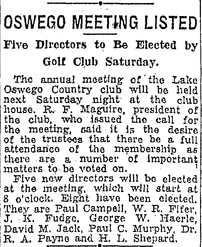 This cartoon discovery was pure luck. I'm working an an article about Paul C. Murphy, president of the Ladd Estate Company the developer of Eastmoreland. The process involves reading through dozens of articles, one on December 6, 1931 pictured to the right is typical in that's it's not particularly informative or useful. The election of "Mr Lake Oswego" to the Oswego Lake Country Club is no surprise. Afterall, he literally built the entire town around Chandler Egan designed golf course. and the engineered Oswego Lake. So even though this was a bust, I dug a bit further and look over the rest of the Sunday's Sport Section and found this cartoon gem. The "Which Size" cartoon caught my eye because it references a anomaly in golf history. Namely, in 1931 the USGA and the British Royal & Ancient Golf Association briefly had different set of rules for the size and weight of golf balls. What's fascinating is the controversy is similar to the current debate on the future of the golf ball. "I want some new size golf balls"With the development of golf balls progressing at an alarming rate the U.S.G.A, fearful of the skill level required to play golf being continually compromised by the golf ball manufacturers, decided to standardize the weight and size of golf balls. In 1931 the U.S.G.A ruled that no ball played in their championships could weigh more than 1.55 oz, or was smaller than 1.68. in diameter. These new sizes were not popular with the British golfers, as the windswept links of yesteryear required different flight characteristics in a ball. The USGA and the R&A have been dueling for more than a century on who is the leader in adding more pages to the rules of golf, than the tax code. The equipment rules are an important part of the game though often controversial. In 1918, only hickory sticks were legal and remained so for almost another decade before steel. The evolution of the golf ball was just as essential, and shows the importance of technology impact on how the game is played. Here's a quick recap of the history of the golf ball for your pleasure. The "Feathery" Balls Era: 14th century to 1860'sThe first 400+ year, golf was played with a hand woven leather ball stuffed with feathers or animal hair. This was the era of "colf" the ancient game developed in the Netherlands, which the Scots transformed into early version of golf. The "feathery" balls required resources and artisan technique. Most of the early golf professionals into the 19th century were in fact club and ball makers, who toiled away in workshops making the tools of the trade. Each craftsmen could only produce a maximum of three or four featheries a day, As a result, the golf ball was a very expensive luxury. According to Scottish golf history, finding a golf balls was akin to finding gold coin! Sebastian van Warendorp, a Spanish army commander, demanded a ransom from Tilburg of 12,000 balls or he would burn the village down. The Tilbergers were not ball makers, but they prevailed upon the neighbouring village of Goirle in the south to help. After rummaging behind the sofa, the ‘ballefrutters’ of Goirle produced 6,500 balls as a down payment! The ancient game of colf was a tiresome game, a cold game, a dangerous game, a muddy game and an uneconomic game. Geert and Sara Nijs Games for Kings and Commoners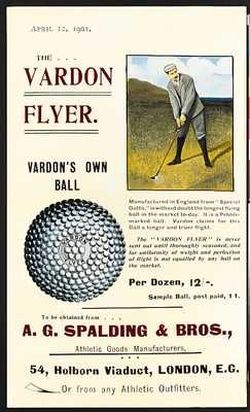 In the 1860's the gutta-percha arrived, a solid rubber, which was cheaper and less cut-able. It's no surprise then that golf as an organized sport flourished with the new ball. With the ability to manufacture balls with molds and machines, the costs went from what would be the equivalent of $100/ball to $10/ball. Balls were still a valuable commodity, just more available and affordable. The Vardon Flyer represented the premier guttie of golf ball and the first ever manufactured in the U.S. by Spaulding in 1899 and the first ball represented by a pro golfer, none other than Harry Vardon. His first trip to the U.S. where we won the 1900 U.S. Open was sponsored by Spaulding and included many showcases in department stores across the country to promote the ball and golf clubs. However, Vardon Flyer very soon replaced by the new "Mesh Balls" a compressed, wound-rubber-core ball, that flew much farther. By 1902 all professionals were using the new mesh "Haskel" ball Mesh Balls 1910's - 1930'sSince there was a patent on round dimples, the ball manufacturers began creating mesh balls with all sorts of dimple patterns. This is an very cool period for the golf ball where the patterns are as much about adornment than science. As with all things golf, performance will always trump style, and the round dimple proved the best through experimentation and research. 1931 - "Which new size?" the punchline In 1919, the R & A, the British equivalent to the USGA, announced its intention to “to limit the power of the ball, in order to retain the special features of the game”While there was disagreement in the regulation size and weight (a debate driven no doubt by the ball manufacturers themselves) In 1921 was a compromise wby USGA and R&A, based on 1.62oz maximum weight and 1.62 inches minimum diameter. In 1929 the USGA broke away from the R&A and announced “From extensive and constant research, the conviction has grown that a 1.68 inch minimum and 1.55oz maximum ball, best meets all requirements of play." for debut in 1931. 3-piece Hard fairways are an issue in Portland for about 5 weeks, maybe, so I wonder if the lighter ball was total flop here in Portland right from the start. The new 1931 ball was nerfed as my friend Justin Ball would say, and was likely very unpopular with players as it loses distance and accuracy. So this cartoon poked fun at a invented controversy frustrating golfers and retailers alike. The USGA changed the rules in time for the 1933 U.S. Public Links held in Portland, OR. So my guess is many of the local players were faced with the real dilemma of having to prepare with the new conforming ball, only to have that changed in time for the tournament. The USGA, we know you are doing your best, sometimes less is more. This debate rages on led by Jack Nicklaus, the greatest golfer of the 1960' & 1970's who will often remark that the USGA needs to change the ball. He played in the era of the modern 3-piece "wound dimpled ball" and benefited year after year from slight improvements - though relatively unchanged for over 50+ years When I was young, there were two sets of balls. Pro balls were round with Balata covers. Not the longest off the tee, though essential for a good short game, as the softer covers could react to the club and make the ball "dance" and spin. They were also prone to cuts and damage, rarely lasting even a full 18 holes. The other option was hard synthetic covers of Surlyn and solid ball that were less expensive, resisted damage, and most of all longer. The were like rocks for chipping and putting so rarely used by the Pros. Into the early 1990's the soft covers of Urethane improved to the point that by 2005 almost all Pros were using Urethane balls solid core balls. Will the USGA change the ball? Since 2005, the ball has not really changed much in performance. If we get another 50 years from this design, and I'd say most amateurs are very pleased with modern balls. I like both bombing drives distance and soft spin fortouch around the greens. For the Pro's it might be fun to see them try persimmon woods a throwback era like major league baseball. Hey that gives me an idea for Eastmoreland 100 ;) This past March, I volunteered to help Kathy Hauff in her efforts to achieve Audubon Certification. And by "volunteer" I promised to wrangle up Eastmoreland Men's Club very own bird expert and photographer, Jan Knott, and tag along as his helper.
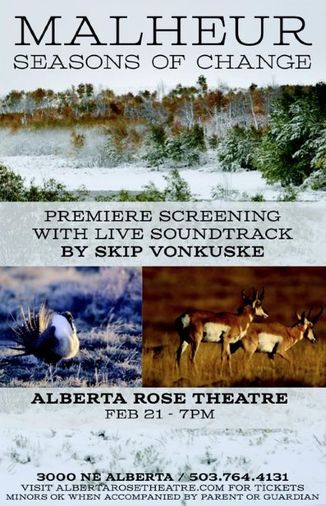 Jan started birding when he was a child, receiving his first pair of binoculars to explore the bird habitats of South Africa. Birding is a little like hunting, you have to know the species and get lucky to catch a glimpse. All of his shots are with very beautiful long range digital cameras. He returns every so often with his wife Diantha. She is also a bird enthusiast and together the made documentary film Malheur: Seasons of Change a project taking over 10 years. Malheur National Bird Refuge, which made news by the ridiculous militant standoff, "supports anywhere from 5 to 66 percent of the Pacific Flyway’s migrating birds, not to mention 58 mammal species like deer, antelopes, elk and coyotes." Founded in 1908 by Teddy Roosevelt, many of us wished his ghost would have risen up for the birds and animals and taken those pretenders to the woodshed with his big stick. Diantha and Jan just laughed and decided to take the publicity as an opportunity to showcase their documentary. Playing golf with Jan I now know so much more about the bird populations, their migratory patterns. I enjoy taking photos of birds that I don't recognize to share with Jan and he can identify them with ease. I once saw a flock of birds high in the air, doing a intricate dance in V-like formation, just not resembling geese at all. When I return to turn in the scorecard, I do my best to dutifully recount the description to Jan. "American White Pelicans!" he exclaims. "Pelicans!?" What a surprise. "They live in the Northwest?" "Oh yes, they migrate south to breed on inland lakes such as Kalamath Lake" he smiled "They are probably searching for open water. You are lucky to see them." Well, we are lucky to have Jan along in our foursomes. He's one of the longest running men's club members who played alongside many of the Wolves like Benny Hughes. Of course, he has been known to lose patience when he shoots a low score, anxious to collect the winnings. I guess now that he's retired, he needs that payball cash to fund more canvas hats and bird feed. The Mission Begins: The emailsHi Kathy, Jan and I would like to clean out the birdhouses this week. Do you have any advice? Perhaps a map of were they are all located. We plan to go Tuesday evening and see what we can accomplish in one evening, then come back again as needed. Thanks, Billy Billy, You are awesome! I have been so busy lately that I completely forgot to get together with you guys but I still would like to have a meeting with you and Jan. I would bring a small step ladder because some of them are a little higher than an easy reach. I will attach a document with the locations and a map (red dots are the boxes). Please let me know if they are in the right places or if we might want to move some of them. Some of them might have come down so don’t count on them all being where the kids placed them. Thanks again-- Kathy Hauff Golf Course Superintendent | Eastmoreland Golf Course Portland Parks & Recreation NOTE: The "kids" that Kathy is referring to are boy scouts who for an eagle project helped construct some birdhouses along the sanctuary. According to Jan, it's in this wetland area labeled Restoration Project (past the driving range to the West of the 18th hole and East of the 16th hole dogleg, where the best places to look for songbirds and nesting waterfowl. The image below identifies birdhouse locations with a red dot. Billy and Jan agree to meet Tuesday.Billy I will try to get in 9 holes and see you on 18 at about 5. I will get a cart and have a ladder so just walk over to 18. I printed the map but it is black and white so the red dots don’t show up. I will try to make a color print. Jan Jan brings a special drill cleaning brush and his stepladder. Billy drives the cart and navigates.Hi Billy, It was fun working with you. Thanks for persisting when I was ready to quit. It made a big difference. We successfully cleaned quite a number of boxes. Spider webs and pill bugs were the most common occupants. A partial list of the birds we saw: Bald Eagle Mallard Great Blue Heron Crow Starling Belted Kingfisher Yellow-rumped Warbler American Robin Common Canada Goose - in pairs. Small Canada Goose - large flock The usual ducks, I didn’t count. It was late, dark and stormy so I am not surprised bird activity was low. The birds that will possibly use the nest boxes are: Black-capped Chickadees, Chestnut-backed Chickadees, House Wren, Bewick’s Wren House Sparrow I think the holes are too small for starlings, bluebirds or swallows. At least four of the boxes had remains of a nest in them No idea what bird built the nest and whether it was successful. One box was occupied by a large black spider, another by a large black rat. You evicted them both. The wood duck nest boxes over the water were not accessible to us. Too high and over water. One had fallen down, one had a roof missing and the others appeared to be stuffed with leaves, probably by squirrels. Servicing these boxes should be done by someone on the landscape staff with tall ladders or a tree trimmers lift. For future we may consider trying to attract violet-green swallows. They use nest boxes with oval shaped holes. I have a couple of these boxes I can bring and place next Sunday. The golf course has a large number of barn swallows in the summer. They nest under the eaves of buildings in a mud cup. Maybe the addition of flat planks under the eaves of the cart shed would work for them. The swallows show up later in the spring so there is time. Your idea of having bird walks and bird counts is a good one. Maybe times could be allocated on weekdays to avoid conflict with golfers. I don’t see how a path could be made that would avoid conflict during golfing hours. Thanks for the fun time, Jan Thanks Jan - it was a blast Don't forget, we also saw Giant brown recluse spiders Hungarian Black Rat Billy Billy, Brown Recluse spiders don’t live in Oregon. It was most likely a false black widow. No bitey. The rat could have been Serbian but he sure did look hungary. ODFW calls them black rats and they can climb and build nests in holes. Exterminators are calling them roof rats as opposed to what?, underfloor rats?. They mostly live in warmer places so this may be another indicator of a warming Portland, if you believe in that kind of thing. Thanks again, Jan Billy/Jan, You guys are amazing! Thank you so much for doing this and taking the pictures. I am going to include all of this in my Outreach and Education section of my Audubon certification that I am now about to turn in. The boxes on 14 are really old and I didn’t include them because they are too high and hard to get to. The rest of the boxes were put up by the scout troupe. Jan-anything you would like to do to continue either monitoring the boxes or putting up new ones would be wonderful. If you need anything or if we need to move something from a tree and put it on a pole just let me know and my crew can do that. I am a very handy woodworker so if there is a type of structure you think we might put up for other types of birds or bats just let me know and I can make it. Thanks again-- Kathy Hauff Golf Course Superintendent | Eastmoreland Golf Course Portland Parks & Recreation Mission Accomplished!
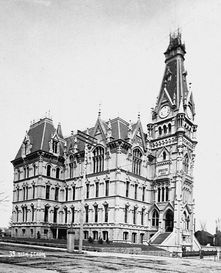 Photographer Edwin D. Jorgensen captured this image of Portland High School circa 1899 Oregon Historical Society Photographer Edwin D. Jorgensen captured this image of Portland High School circa 1899 Oregon Historical Society The dentist and toastmaster Dr. Millard Holbrook is the only member of the Committee who as Oregonian from cradle to the grave. He was born September 1, 1876 to Philo and Hannah (Wilson) Holbrook. His father Philo was a seafaring man from Connecticut and came to Oregon the long way, by way of Cape Horn around the southern tip of South America. Phile then settled in the Dalles and became the first registered pilot on the upper Columbia. A pilot is a specially trained sailor, who captains the ship through shallow, dangerous, or congested waters. My grandfather William T. Shea was trained as harbor pilot in the Philippines and would be called out to skipper in Destroyers and Aircraft Carriers into the Docks. Hannah, Millard's mother, was born in the great plains while her parents were en route to Oregon by wagon train in 1849. Millard would have grown up in what appears a stable home in Stumptown, graduating from Portland High School in 1895 and going on the University of Oregon and then Philadelphia Dental College, before returning to Oregon to start his practice.. Dr. Millard C. Holbrook also played football for M.A.A.C. team just like James C. Conville. He played fullback and punter, and considered one of the stars in the M.A.A.C. One of their greatest victories against the University of Oregon teams. He also served briefly in Company H of the Oregon National Guard for drills based out of the Armory building constructed in 1891. He played fullback and punter, and considered one of the stars in the M.A.A.C. One of the more thrilling victories came against the University of Oregon teams. What's interesting is that in 1900, the year of this game a touchdown was worth 5 points! The missed the extra point after running in the only touchdown in the second half. Dr. Millard C. Holbrook played football at PDC and then for M.A.A.C. team just like James C. Conville. He played fullback and punter, and considered one of the stars in the M.A.A.C. One of their greatest victories against the University of Oregon teams. One of the more thrilling victories came against the University of Oregon teams. What's interesting is that in 1900, the year of this game a touchdown was worth 5 points! The missed the extra point after running in the only touchdown in the second half. I hoped to find a photo of Holbrook and the M.A.A.C. football team from his playing days 1900-1905. Perhaps there are more photos in the Multnomah Athletic Club archives, since I came up blank online. In the "Legend of the 26" I did find one reference to Mrs. Millard C. Holbrook as members of the Ladies Annex Fencing team. I think those heart emblazoned blouses would be quite a hit with the hipster culture of modern Portland. Before college Millard served in Company H of the Oregon National Guard for drills based out of the Armory building constructed in 1891. I found a newspaper article about the 25th reunion held at the Holbrook farm (probably the farm inherited from his wife's father) in which there were barbeque and games managed by Holbrook himself. Baseball is listed separately, so my guess is the games were likely tug-of-war, and perhaps some track and field type events and plenty of refreshments. What about his Golf game?Millard may have been a star athlete, though almost every published record of his golf game showed rounds that he was a high handicapper (shooting 126 in Portland G.C championship). It's worth noting in the photos of the foursome both Millard and Victor are not shown with golf clubs. He and Victor Johnson would have been able to give themselves a decent match, though Victor might have the upper hand and Ms. Johnson would have taken them both to the cleaners. Why the "Toastmaster"?Dr. Holbrook was first noted for giving a toast for Portland High School. Either he was a natural or just loved giving a rousing speech, because thereafter he is mentioned as either the "toastmaster" for a great many events, both at Portland Golf Club, Columbia Edgewater, where he was a founding member and the Oregon Dental Association which he served as President. I assembled a collection of these articles for your pleasure. I can only imagine the glorious and memorable toast that Dr. Millard Holbrook would have offered to mark the grand opening of our sporty Eastmoreland municipal links. Toast for Job Well DoneThe effort Paul J Keyser by to build this municipal links has deeply impressed myself and the entire Golf Committee. Paul J. Keyser had to follow in the giant lumbering footsteps of James "Dad" Conville. As a fullback my entire career I understand the grit required to take the ball and follow Dad's lead as he blocks up field. Once Dad was called to patriotic duty last fall, Paul carried the load. He built vision of the Olympic champion Chandler Egan. (applause) What a good sport! And what a sporty links! We here in Portland may not have been the first city to build a municipal links, by golly, we built the best! (loud applause + cheering) This links even on it's opening day is equal to my own Portland Golf Club, and if I may say, quite and easier walk for a old gridiron man with these rickety knees. (laughter) Paul came in early, left late, and listen to an absurd number of change orders with an insane deadline. Now that we've accomplished some great work, I can say this: Paul your only job now is to enjoy a toast to your success.... and be the keeper of the coins for the very first foursome and match between T. Morris Dunne for the Winged M and Portland Golf Club against Victor Johnson and Rabbi Jonah Wise a representing Waverley and Tualatin. Nickel game gentlemen? 5 in the front/5 on the back/5 overall. Victor Johnson - automatic presses with 2 down Rabbi Weise - agreed Morrie - amateurs should play for sport alone. Millbrook - lighten up Morrie - it's for nickels! and Keyser make sure no wooden ones are thrown in that hat! (Laughter and cheering) Paul Keyser - Gentleman - I should note, gambling is illegal in PP&R according to the CIty of Portland laws Millbrook - and so is the consumption of alcohol - which is why I brought along a flask of Single Malt Scottish Hair Tonic (laughter erupts) Millbrook lights up a pipe or cigar and takes another swig Victor Johnson - wait 'til the day they make smoking illegal on parks too. In 1933, Eastmoreland golf course hosted the USGA Public Links Championship. That year a handful of Eastmoreland players vied for the championship, though came up short in the final matches. It would be 3 years before Bill Wright would be born, and another 23 before he crowned Champion in 1959 at Wellshire G.C. in Denver Colorado. Through the years many other Eastmoreland players have played what's affectionately called the Publinx, from Benny Hughes in the late 1930's to Jack Schneider as recently as 2000 at Great Blue at Heron Lakes. However we have only one champion in Bill Wright.... and though I say "we" he was in fact an adopted member. He should have been representing Franklin Park Golf Course in Seattle but because of the segregated clubs, he came to Eastmoreland where he was welcome to establish a handicap. I first learned about Bill's story from Portland's own PGA professional Vincent Johnson, winner of the 2010 Long Beach Open and now assistant director of the Portland Parks golf program. Vincent has had an opportunity to speak with Bill during his early years as a PGA professional. From these beginnings, I started to research and came upon a terrific article by Golf Magazine titled "Wright & Wronged" published on October 9, 2009. That very same day he was honored by the USGA, First Tee and Franklin Park in Seattle as "Bill Wright Day" in recognition of the 50th anniversary of his historic win. For Bill, who at the age of 73 at the time still had the buttery smooth swing of a that could knock drives 275+, competing at golf was a matter of individual accomplishment. While he is very proud of being black american and a champion, his real focus was just getting an opportunity to play and showing he could compete and win. Given the racial prejudice of America getting into the roster required Bill Wright to do far more than just play champion level golf. He had to scale the walls of racial prejudice. He had a good mentor too, as Charlie Swifford, the PGA tour player who played alongside Joe Lewis was a close family friend, staying with the Wright's when he played tournaments in Seattle. It was Joe and Charlie who fought the PGA's "caucasians only" clause installed in 194. By 1959 that overt discrimination would would be dealt a knock-out blow by none other than Joe Lewis. Bill Wright had to face the more challenging barrier of passive discrimination. While the USGA did not have overt discrimination policies, the clubs which governed local membership were often segregated in many cities, including his home course of Franklin Park in Seattle The ultimate measure of a player is the flight of your ball |
| The M.A.C. history notes that T. Morris Dunne was an avid golfer, though from my research in the historical newspapers, he competed mainly in Hand Ball and Tennis. That said, golf wasn't really a well organized sport for the public until "The Greatest Game" U.S. Open of 1913. T. Morris Dunne however was ahead of the curve, as six months before the epic match captured the imagination of the nation, he proposed having indoor golf in the M.A.C. gymnasium. Speaking for myself, I learned the game indoors hitting into nets, it's a great way to start learning the swing and focusing on contact and feel without worrying where the ball ends up. I will note, however, that T. Morris Dunne is far more often noted for organizing track and field meets and boxing matches. His name never appears on any roster until the 1st M.A.A.C. golf tournament held at Eastmoreland in 1921. |
Indoor Golf at the M.A.C. was probably to help manage the golf bugs working downtown deal with the rainy Portland winters.
Paul Keyser helps tell the origin story that the newspapers did not document. T. Morris Dunne as an abassador of amatuer athletics in Portland, and often competing for events with his contemporaries in Seattle, very likely was frustrated by the public recreation facilities sprouting up North. The Franklin Park municipal golf course opened in Seattle in 1915 with much public fanfare and immediately showed positive revenue and enthusiasm from the public. The sport section of the Oregon Journal and Oregonian report on golf almost every issue, from the results at the private clubs to a regular feature on golf etiquette, to news of the national tournaments and rise of recognizable golf professionals. Imagine the frustration of the public that would like to try the game and have no outlet without a private membership that was restricted not just to top echelon of wealth, though also by means of status and family background.
Further, he was also tuned to the rise in the popularity of golf and the potential need for the M.A.C. to cater to this new sport. A municipal golf course would be a boon to the M.A.C. members who might not otherwise have the resources to join the private clubs. Later, once the golf course was built, the initial Eastmoreland Golf Club membership was comprised primarily of M.A.C. members who stood the most to gain from the new course and clubhouse. As will be detailed further, the clubhouse was built with private funds from the sale of lockers comprised almost entirely of M.A.C. members.
Over the next decade, the popularity of the municipal course surged and new private club sprang up in the 1920's, beginning with Alderwood, Columbia Edgewater and Riverside. The M.A.C. itself funded their own course in 1927. This course is lost to history as it was unable to survive the coming financial collapse of the Great Depression and the M.A..C. was forced to split the Private Club from the regular business of the athletic club. This move precipitated the beginning of the end of that golf course which fell into bankruptcy and sold for housing developments.
Eastmoreland Municipal Course did survive the Great Depression through the sale of Lifetime Memberships.
T. Morris Dunne recognized the disconnect between the value that sports to a community and the willingness of civic leaders to invest in sports infrastructure. Given his track record, he was the person who got things done on an administrative level. One note, he helped build a world class track and field stadium which Coach Bill Bowerman 1st track team from Franklin High School. Bill Bowerman of course is Phil Knight's mentor and the creator of the Nike's first waffle shoe. T. Morris Dunne was instrumental in creating the athletic infrastructure and organized competition for track and field and his legacy can be traced to the birth of sneakers loved by millions.
Further, he was also tuned to the rise in the popularity of golf and the potential need for the M.A.C. to cater to this new sport. A municipal golf course would be a boon to the M.A.C. members who might not otherwise have the resources to join the private clubs. Later, once the golf course was built, the initial Eastmoreland Golf Club membership was comprised primarily of M.A.C. members who stood the most to gain from the new course and clubhouse. As will be detailed further, the clubhouse was built with private funds from the sale of lockers comprised almost entirely of M.A.C. members.
Over the next decade, the popularity of the municipal course surged and new private club sprang up in the 1920's, beginning with Alderwood, Columbia Edgewater and Riverside. The M.A.C. itself funded their own course in 1927. This course is lost to history as it was unable to survive the coming financial collapse of the Great Depression and the M.A..C. was forced to split the Private Club from the regular business of the athletic club. This move precipitated the beginning of the end of that golf course which fell into bankruptcy and sold for housing developments.
Eastmoreland Municipal Course did survive the Great Depression through the sale of Lifetime Memberships.
T. Morris Dunne recognized the disconnect between the value that sports to a community and the willingness of civic leaders to invest in sports infrastructure. Given his track record, he was the person who got things done on an administrative level. One note, he helped build a world class track and field stadium which Coach Bill Bowerman 1st track team from Franklin High School. Bill Bowerman of course is Phil Knight's mentor and the creator of the Nike's first waffle shoe. T. Morris Dunne was instrumental in creating the athletic infrastructure and organized competition for track and field and his legacy can be traced to the birth of sneakers loved by millions.
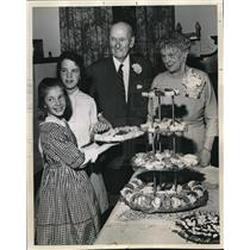
T. Morris Dunne continued a career of service for the people of Oregon in 1935, following the historic signing of the Social Security Act by President Roosevelt to provide relief for Americans out of work. He became the first Chairman of the Oregon's Unemployment Compensation Commission, designed to help administer the public funds available for relief as well as find employment for job seekers. To learn more about the early history of Oregon's efforts to provide a social net in the midst of the economic calamity, please read more about the history here
Facilities for the game as yet confined to 3 country clubs: Waverly, Portland and Tualatin. There was also the Multnomah Amateur Athletic Club giving expression to a wide variety of amateur indoor and outdoor games and sports and now became ambitious to provide golf toward a wider spread in membership. Directors of the three above mentioned country clubs were sold on the idea that public Links Golf would also help build and sustain their memberships. And so a delegation from the Multnomah Club aided and abetted by the “Silk Stocking” clubs approached the city council with an overture looking toward working Public Links Golf into the parks system, offering, as a core patronage, to recruit and maintain a group membership of 100 active fee paying players.
The two members representing the Athletic Club called together representatives of the three Golf Clubs and Chandler Egan, and promotion of what was projected. Out of this huddle came a committee of 4 who solicited a fund of some $3,000.
The colors are beautiful in the magic hour - Steve Rutherford
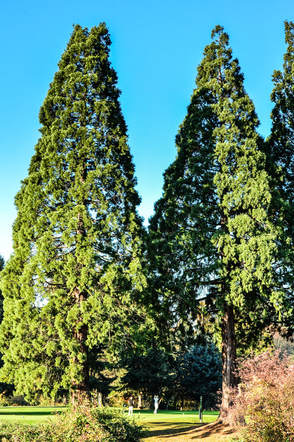
A few weeks ago, I had the pleasure of touring the course with Steve Rutherford, a professional photographer who has a passion for landscape portraits.
Steve and I met through a mutual friend and school teacher, Chris Heckman, at a local BBQ party and we all played a few 9's together. Chris is just learning the game which Steve play lots of golf back in his hometown of Salt Lake City and spoke highly of the public courses there. That was years ago and he only recently began to pick the game up again since moving to Portland.
We only have played the front 9 together, so it was a bit of a special treat to tour him around the back 9 which is by far the more scenic of the two halves.
Steve professional work is for designers for product photoshoots, so it was a special treat for us both to explore what his lens could capture in the "magic hour" before sunset. I just love how the sun's majestic rays carve through the trees on the October evening with a play of light and shadow.
We really had a blast together, with me as the impromptu model - (apparently I take direction well) along with the golfers racing to squeeze in the final holes before the sun slumbered over the west hills. Enjoy the gallery below... followed by a quick golf story.
Steve and I met through a mutual friend and school teacher, Chris Heckman, at a local BBQ party and we all played a few 9's together. Chris is just learning the game which Steve play lots of golf back in his hometown of Salt Lake City and spoke highly of the public courses there. That was years ago and he only recently began to pick the game up again since moving to Portland.
We only have played the front 9 together, so it was a bit of a special treat to tour him around the back 9 which is by far the more scenic of the two halves.
Steve professional work is for designers for product photoshoots, so it was a special treat for us both to explore what his lens could capture in the "magic hour" before sunset. I just love how the sun's majestic rays carve through the trees on the October evening with a play of light and shadow.
We really had a blast together, with me as the impromptu model - (apparently I take direction well) along with the golfers racing to squeeze in the final holes before the sun slumbered over the west hills. Enjoy the gallery below... followed by a quick golf story.
"How many balls did they just it into the water?!?" Steve asks incredulously
During our shoot we came upon a threesome of players of Korean-Americans, that have been playing Eastmoreland "for years and years." As they approached the signature hole of Eastmoreland the 17th, a par 3 over the Crystal Lake. The original distance was from the forward tees so around 125 yards (now the Red Tees) and with the White tees about 145 yards and the Blue tees usually around 165 yards. It's a formidable shot, no too difficult provided you give it enough club. Though like so many golfers before that approach this hole, the water, like the lady in the lake, beckons every player that approaches. She sings a song like siren that too often distracts the mind and results in topped, shanked, flubbed, hacked, duffed shots all to a watery grave.
Steve perhaps for the first time witnessed first hand the struggle of these three men, all seniors aged from 60 years to 80+ attempt shot after shot after shot. Dutifully shouting in disgust as each new attempt failed to make the green and returning to their bags to reload. While not surprised as Steve by the relentless willingness to launch another ball into the lake (at least 11 between the three of them). What warmed my heart was the grit to keep going until they got a ball onto the green.
The gentlemen noticed us waiting to take some photography and asked me to come and hit one over. Armed with a 7 iron from the whites, it wasn't the club I would choose so I hit a low punch that actually flew like on a rope to the mid center of the green. (Which by the way, is the play, don't be tempted by sucker pins in the front right near the lake edge) They gave me a clap and slap on the back of approval - cheering for the success of overcoming the water.
While golf is competitive and we often play matches against one another, these players reminded me of the camaraderie that comes with success against the true foe - the natural landscape devised by Chandler Egan. We all together play against the puzzles he designed from the natural lay of the land and water.
Steve perhaps for the first time witnessed first hand the struggle of these three men, all seniors aged from 60 years to 80+ attempt shot after shot after shot. Dutifully shouting in disgust as each new attempt failed to make the green and returning to their bags to reload. While not surprised as Steve by the relentless willingness to launch another ball into the lake (at least 11 between the three of them). What warmed my heart was the grit to keep going until they got a ball onto the green.
The gentlemen noticed us waiting to take some photography and asked me to come and hit one over. Armed with a 7 iron from the whites, it wasn't the club I would choose so I hit a low punch that actually flew like on a rope to the mid center of the green. (Which by the way, is the play, don't be tempted by sucker pins in the front right near the lake edge) They gave me a clap and slap on the back of approval - cheering for the success of overcoming the water.
While golf is competitive and we often play matches against one another, these players reminded me of the camaraderie that comes with success against the true foe - the natural landscape devised by Chandler Egan. We all together play against the puzzles he designed from the natural lay of the land and water.

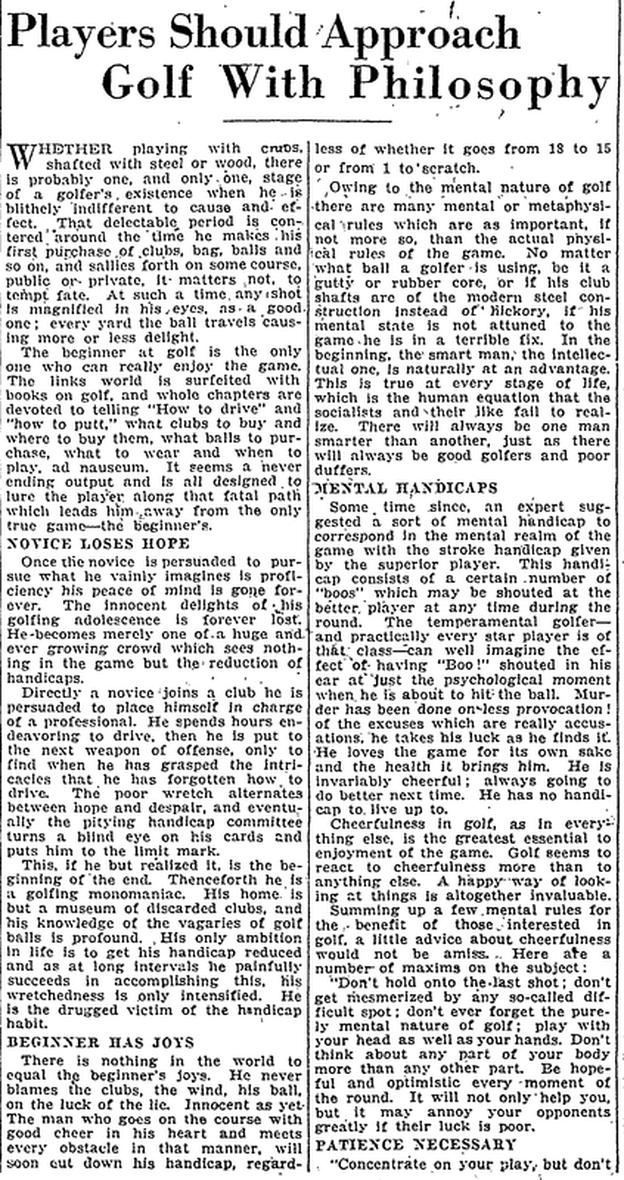
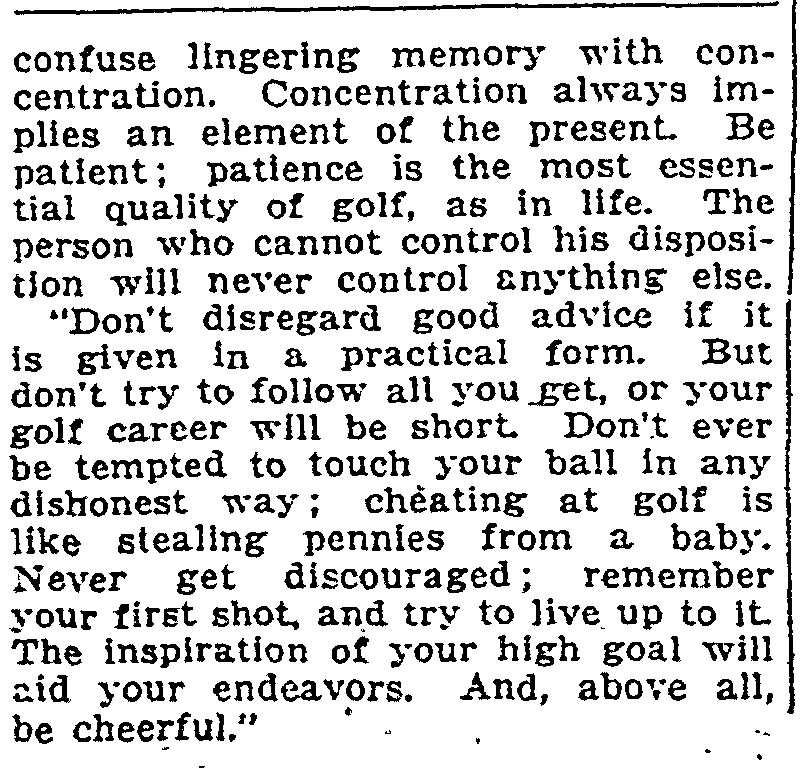
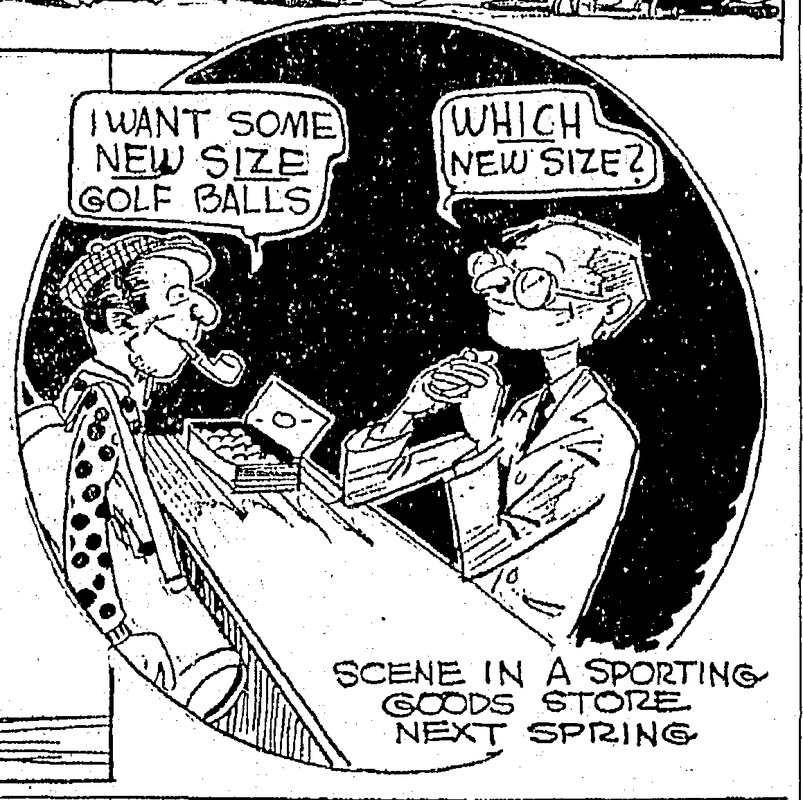

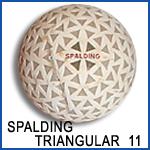
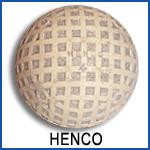
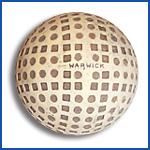
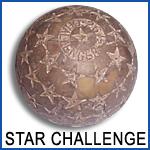
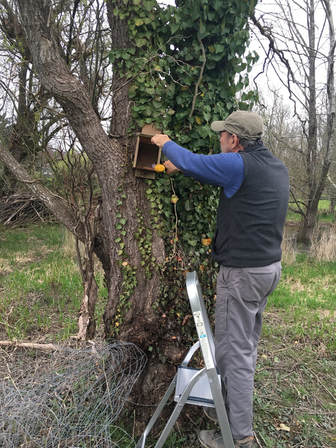
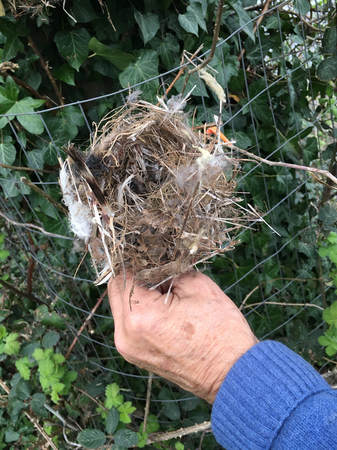
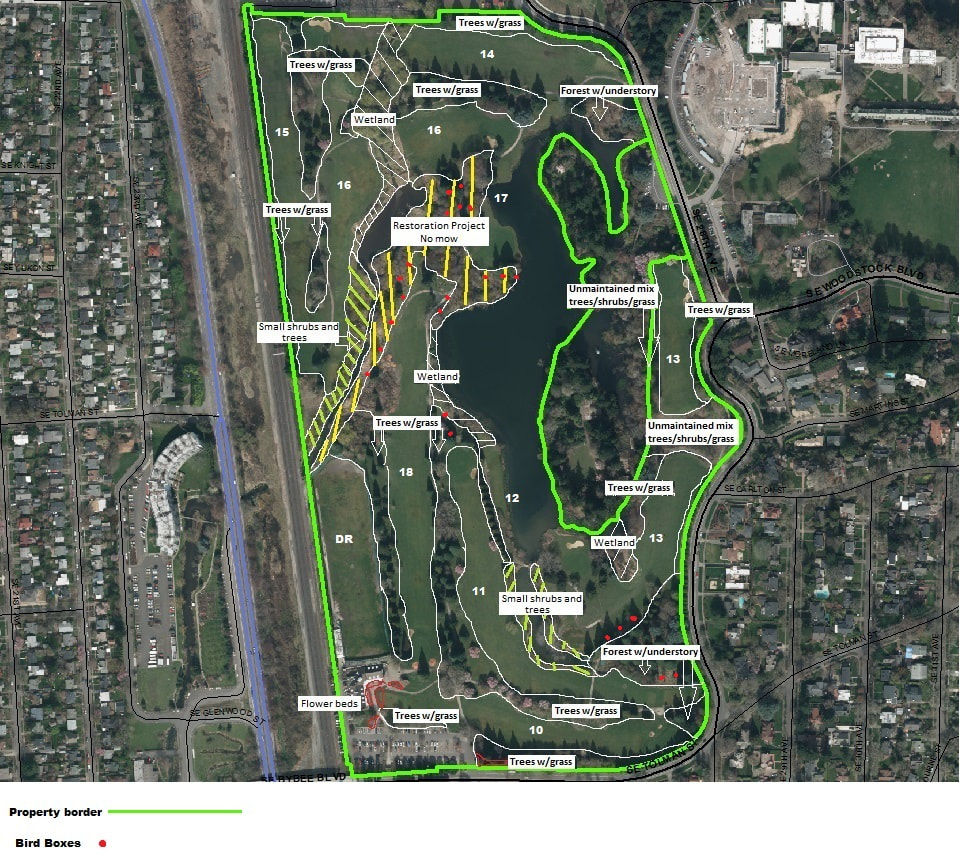
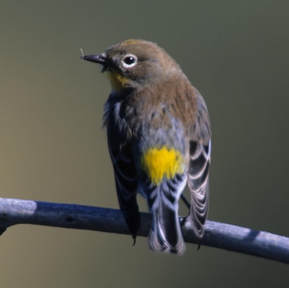
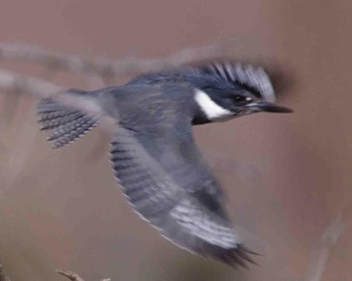
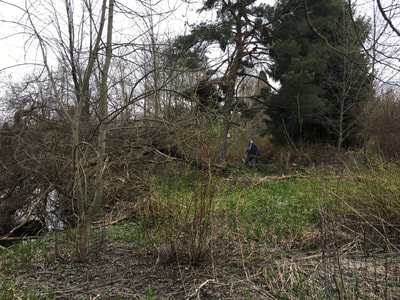
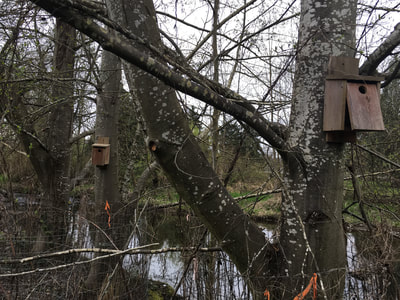
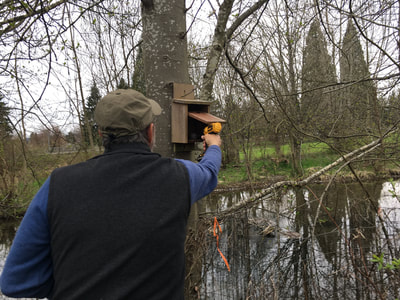
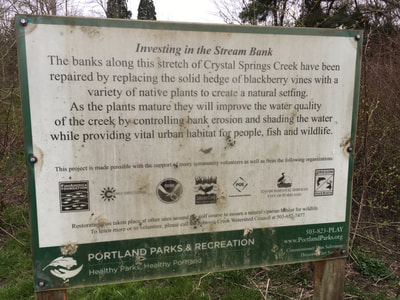
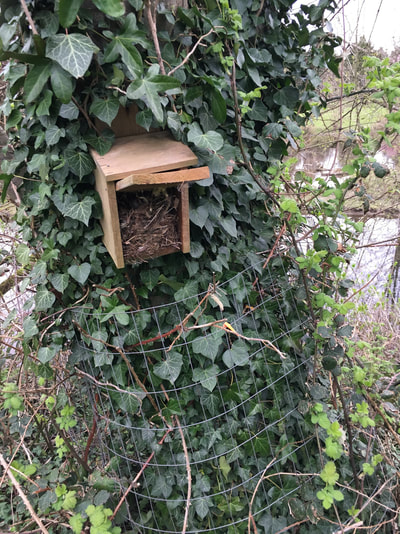
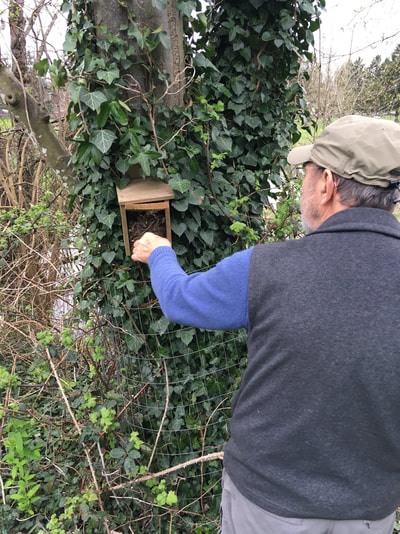
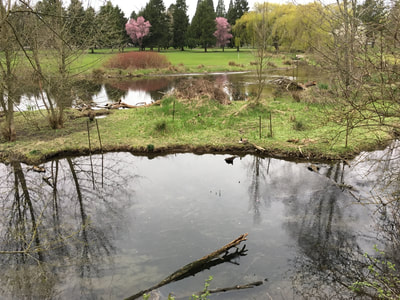
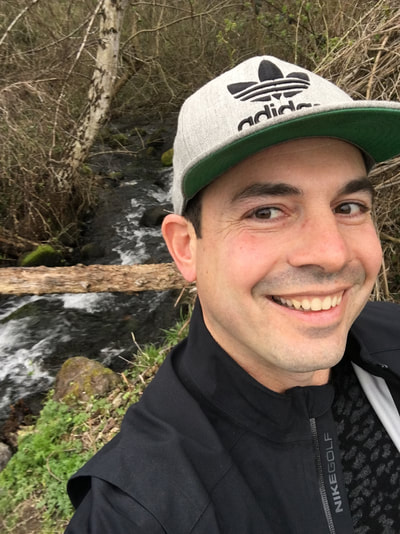
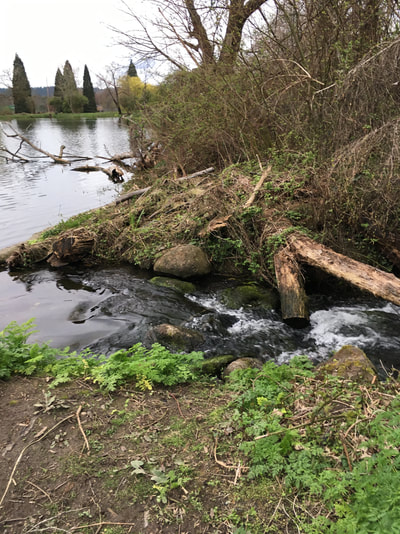
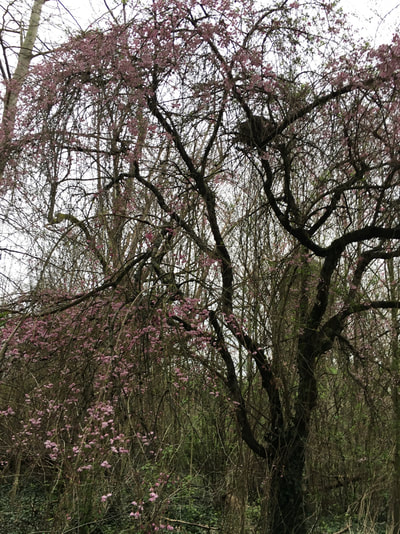
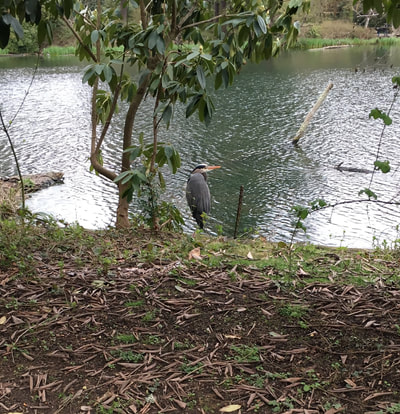
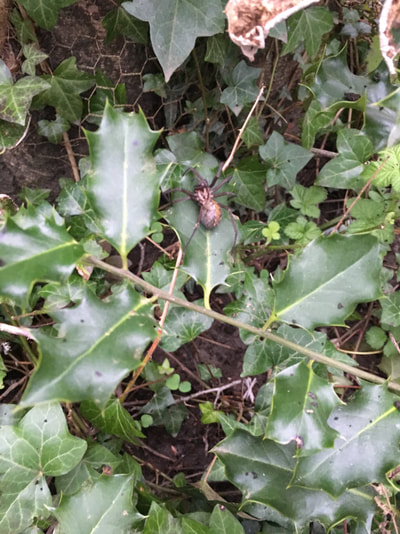
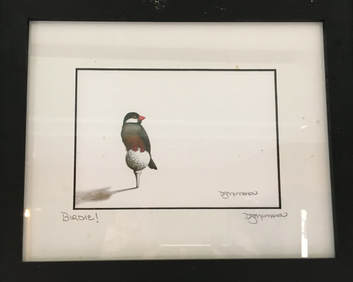
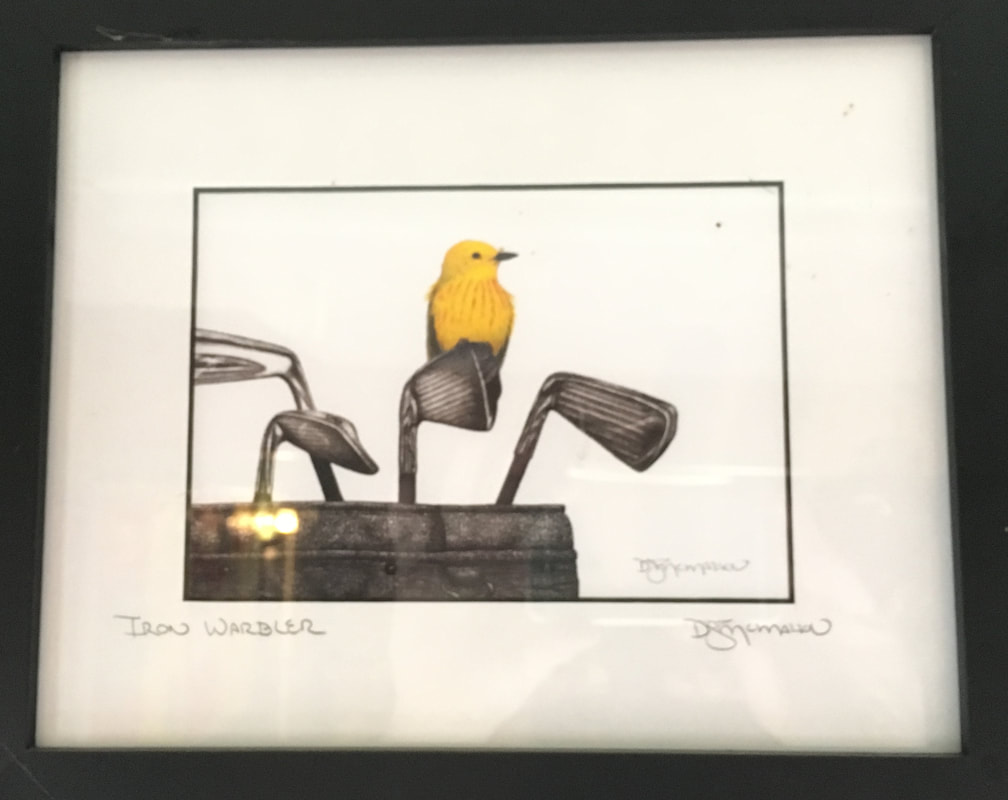
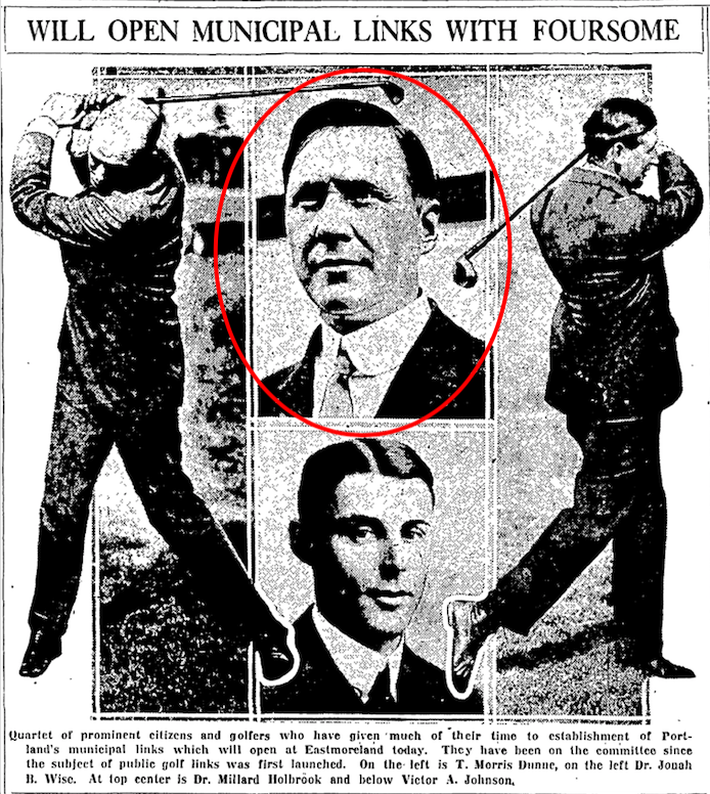
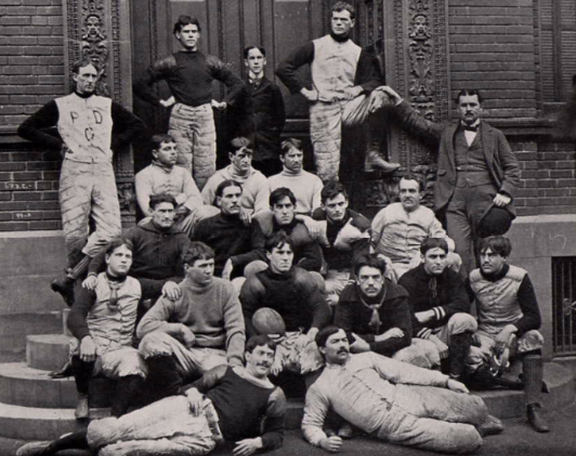
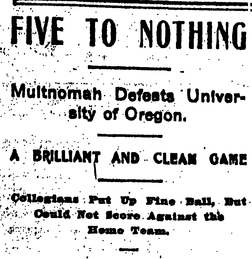
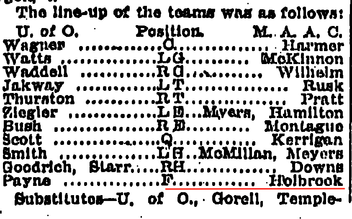
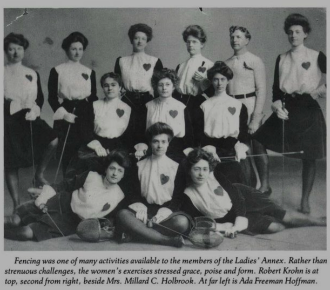
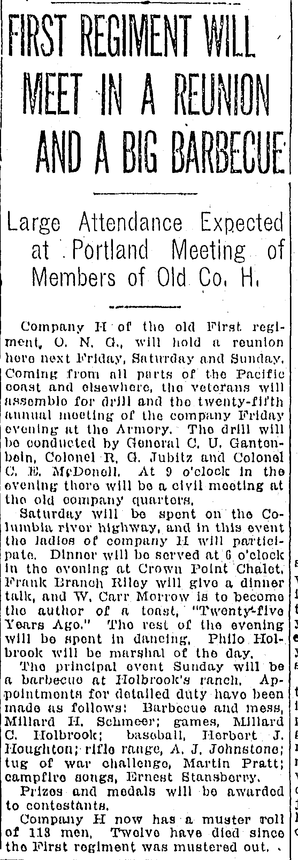
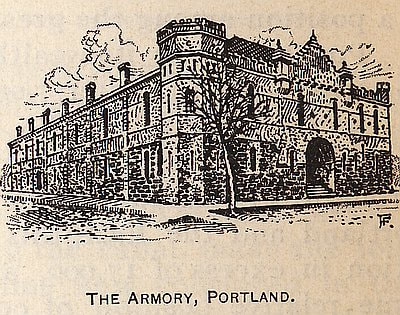
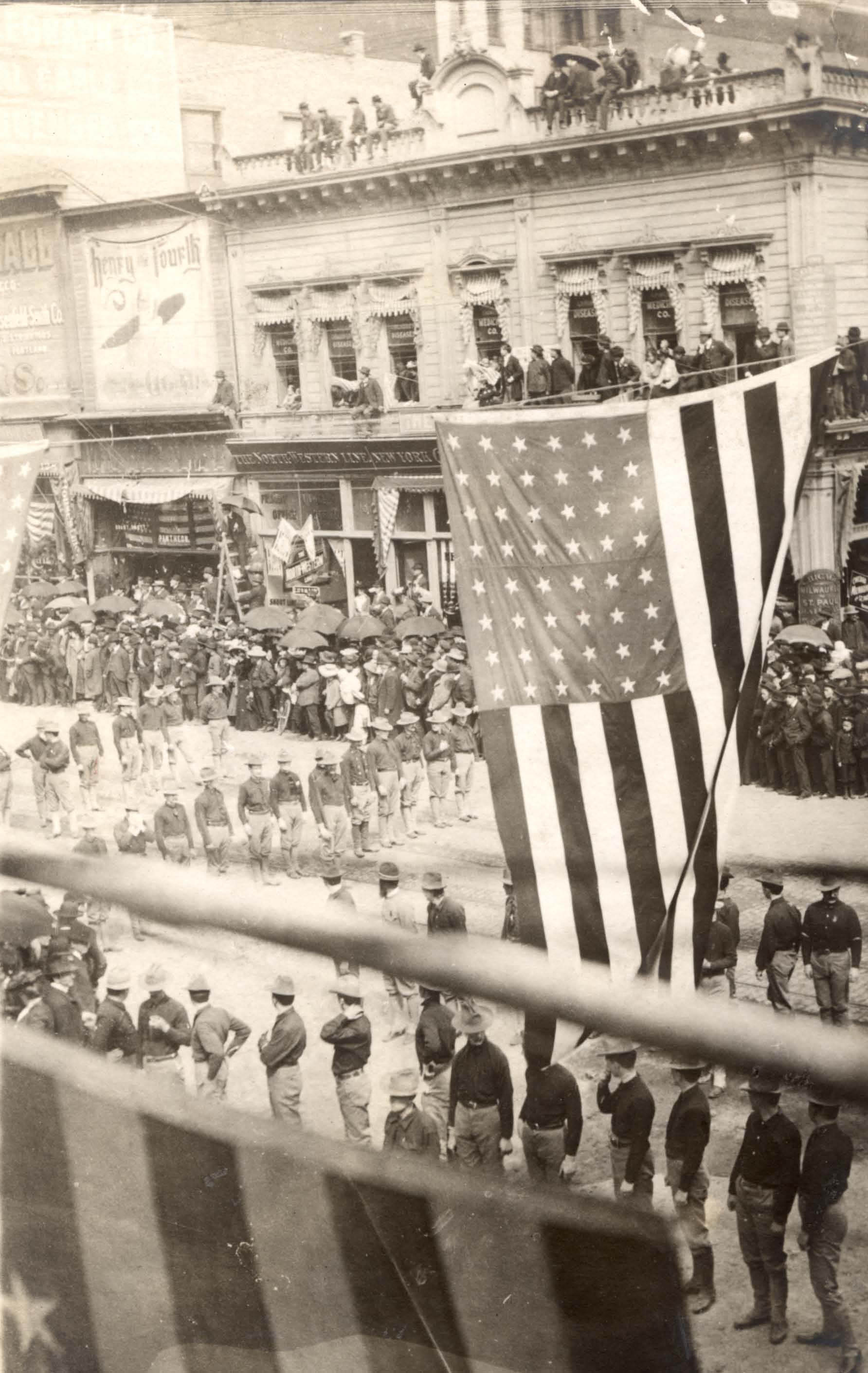
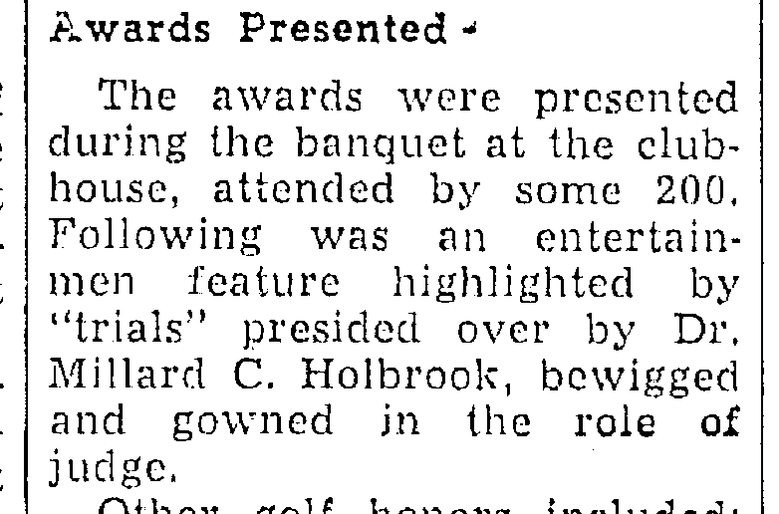
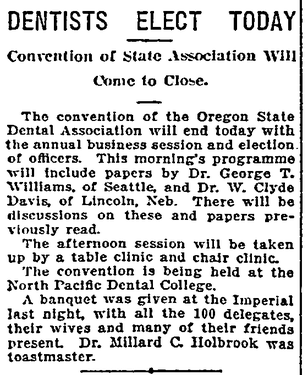
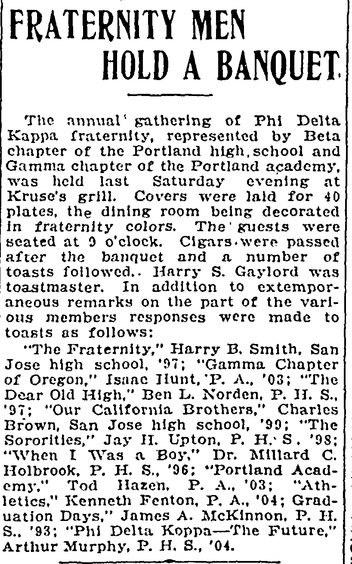
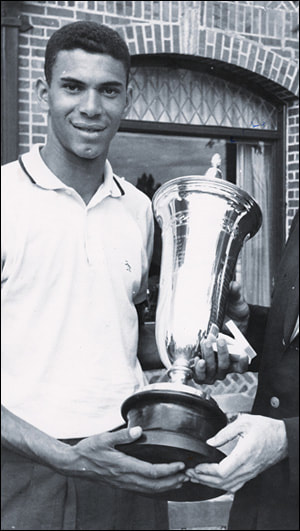
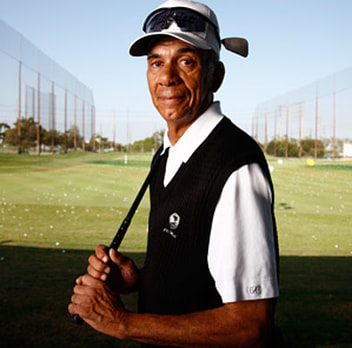
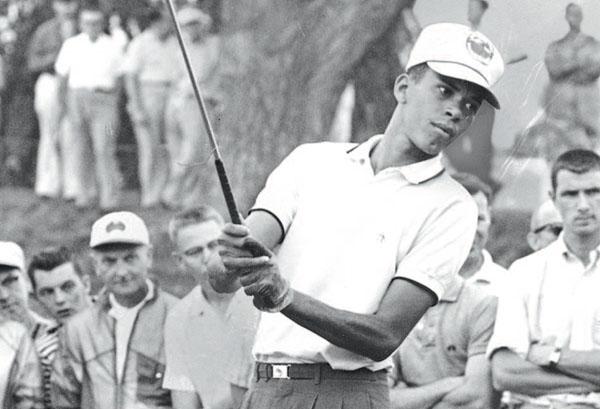
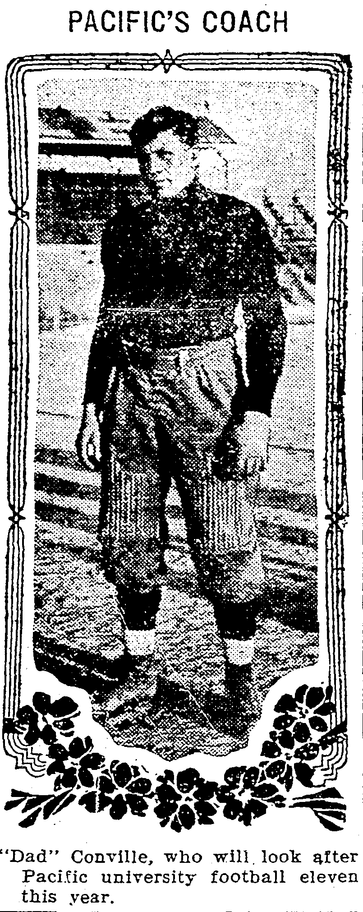
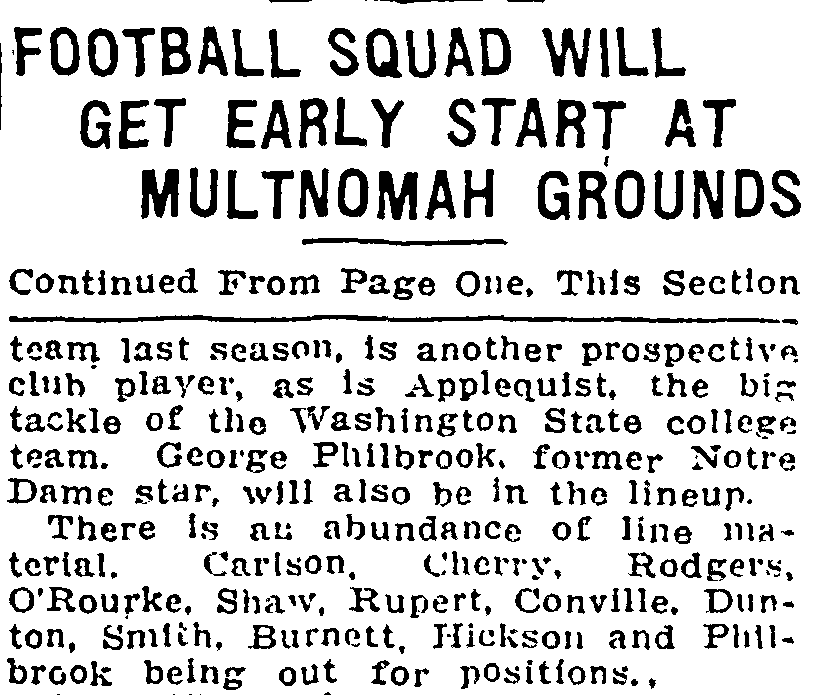
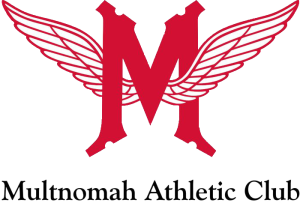
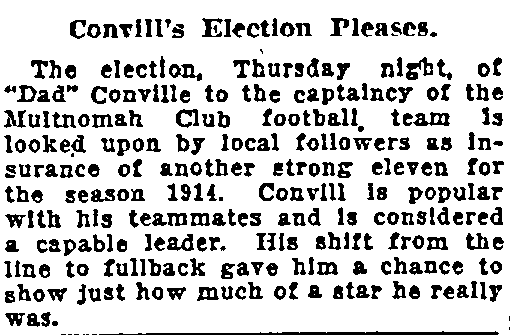
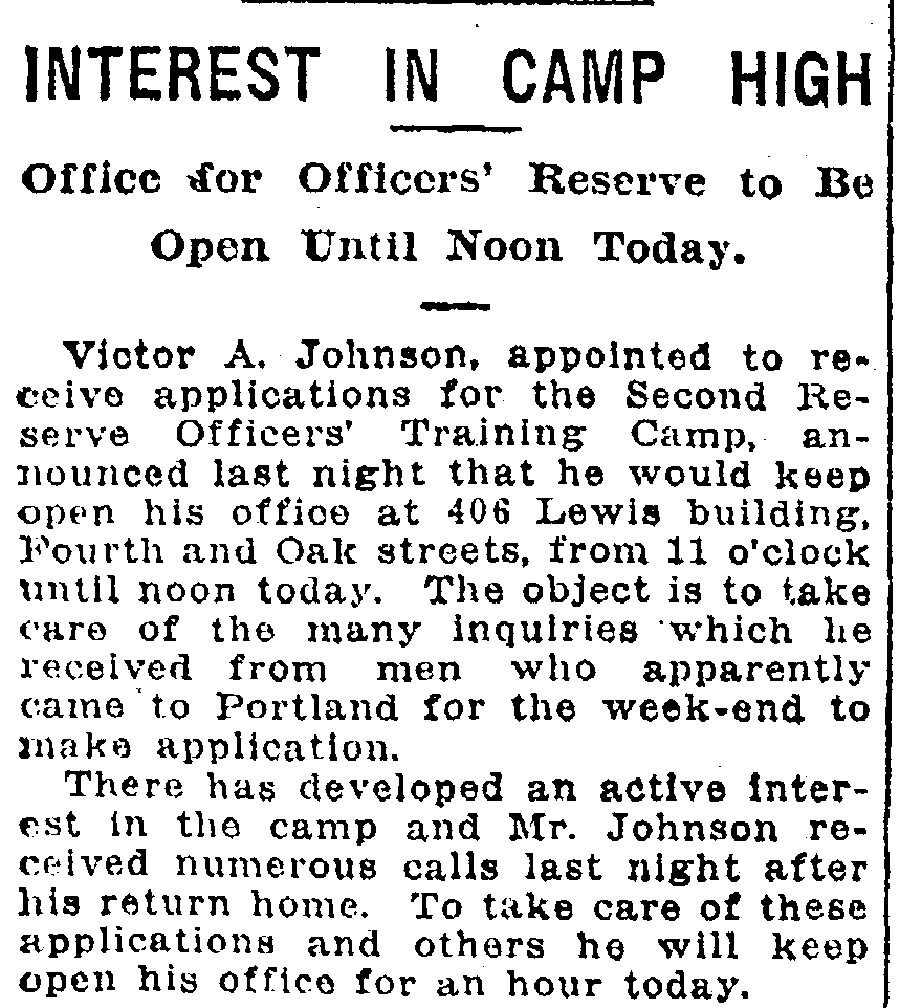
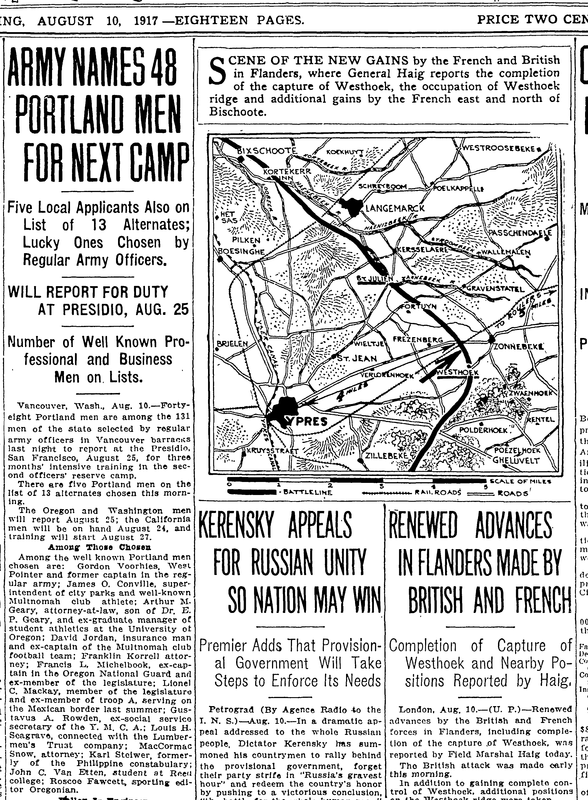
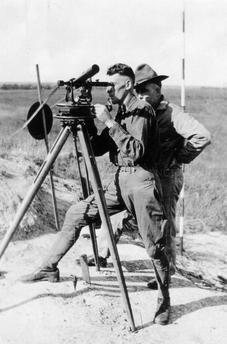

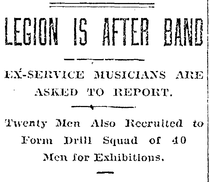
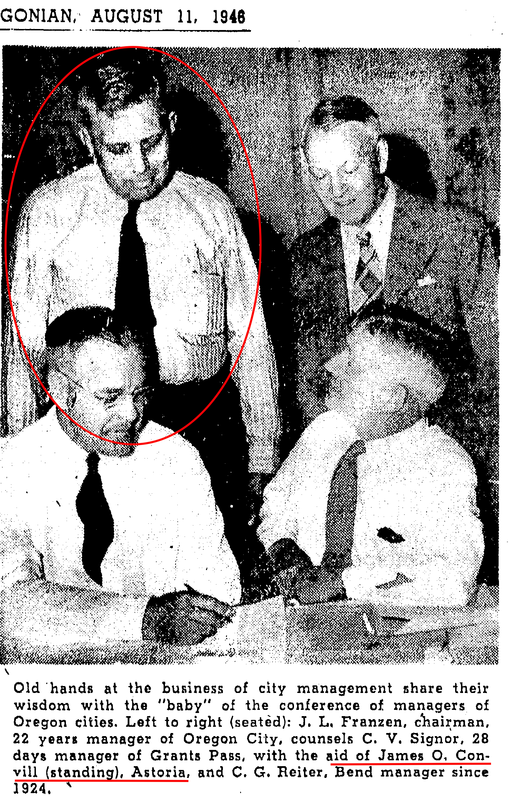
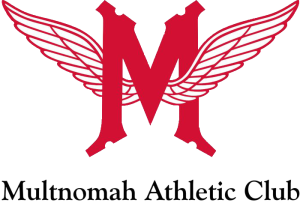

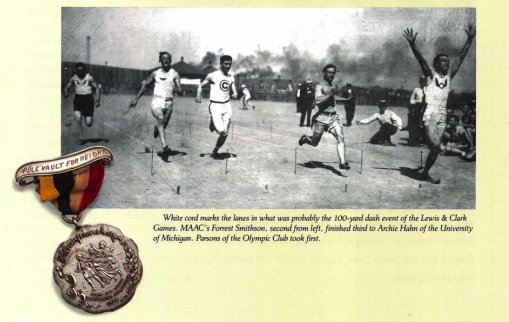
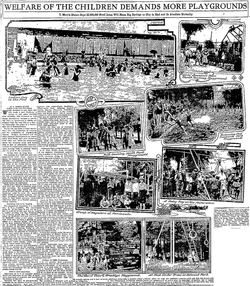
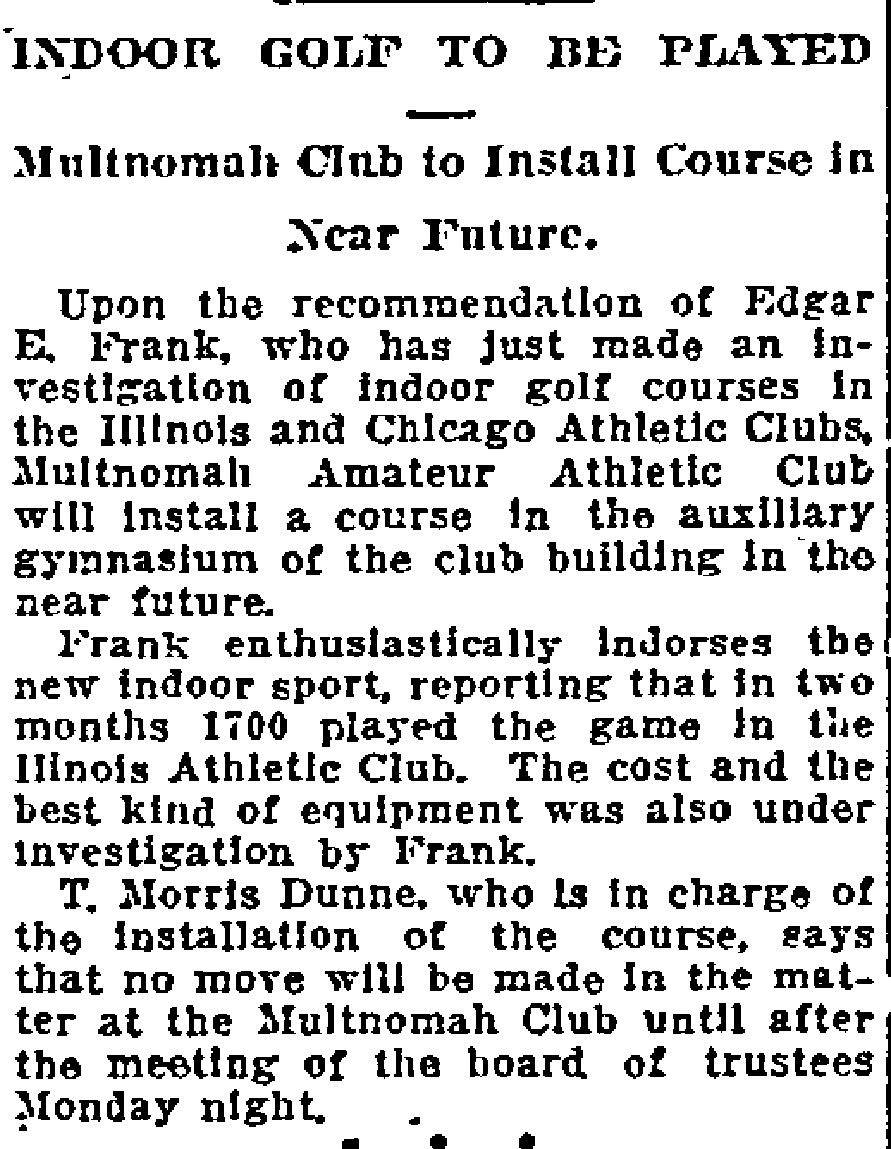
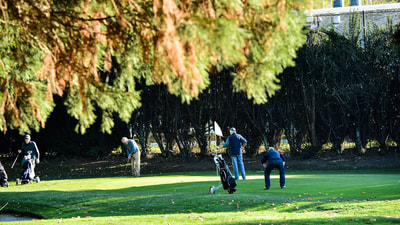
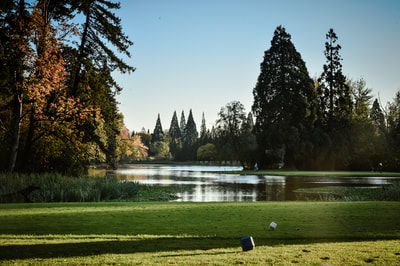
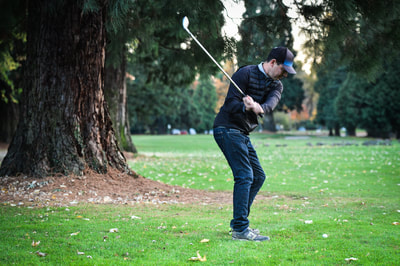
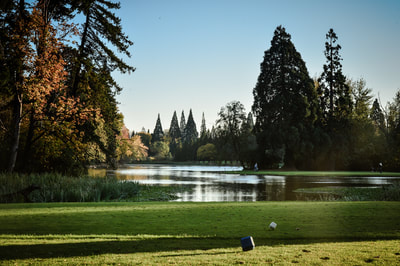
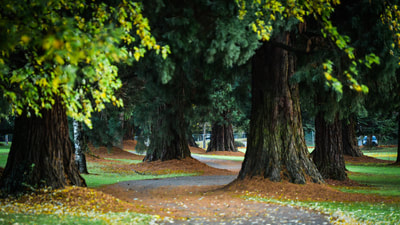
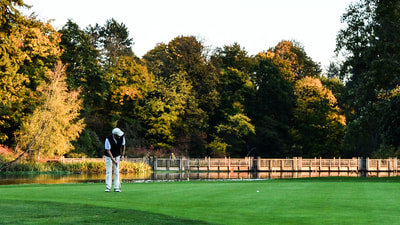
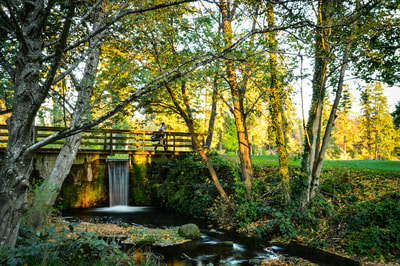
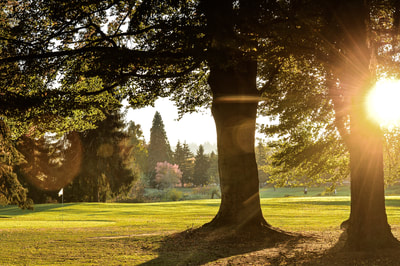
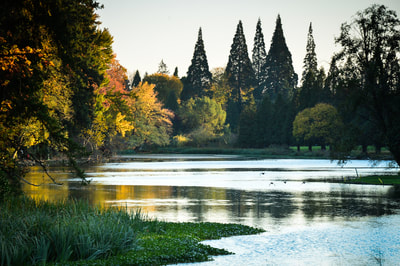
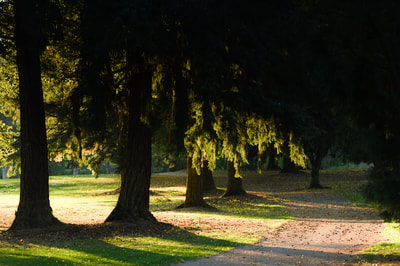
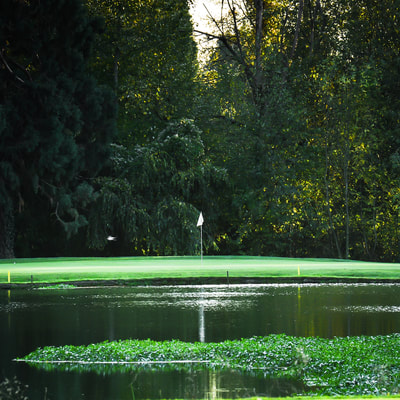
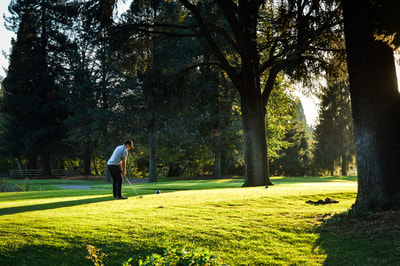
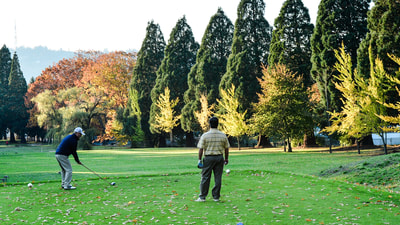
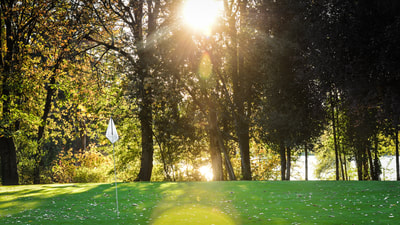
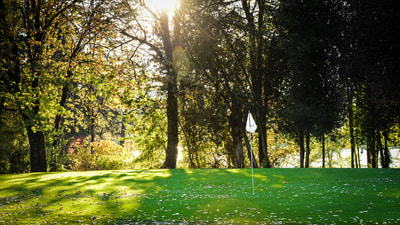
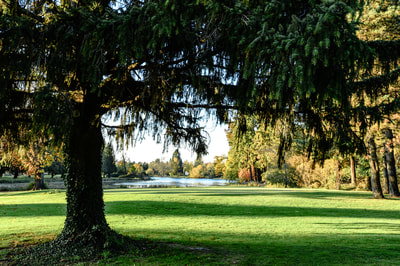
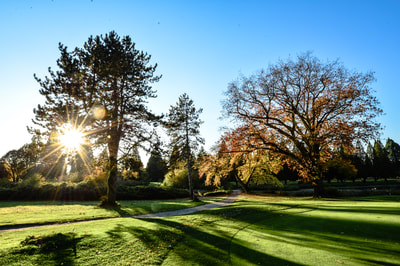
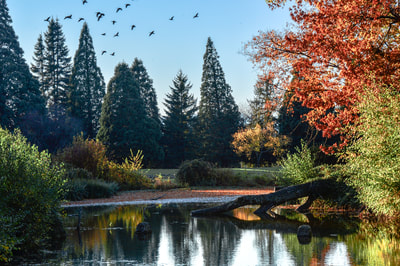
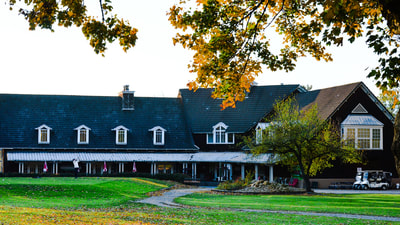
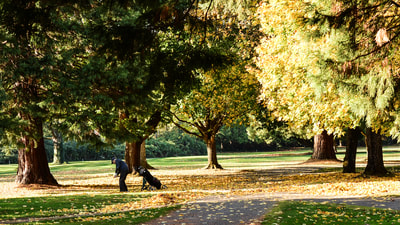
 RSS Feed
RSS Feed